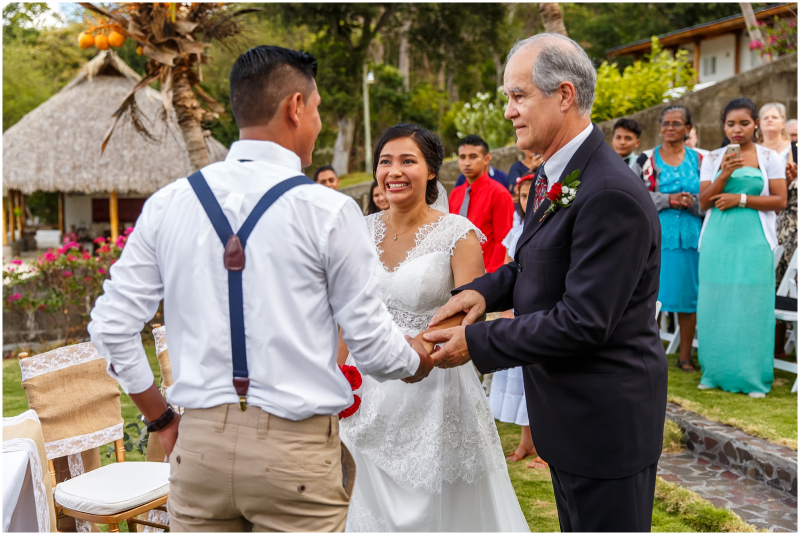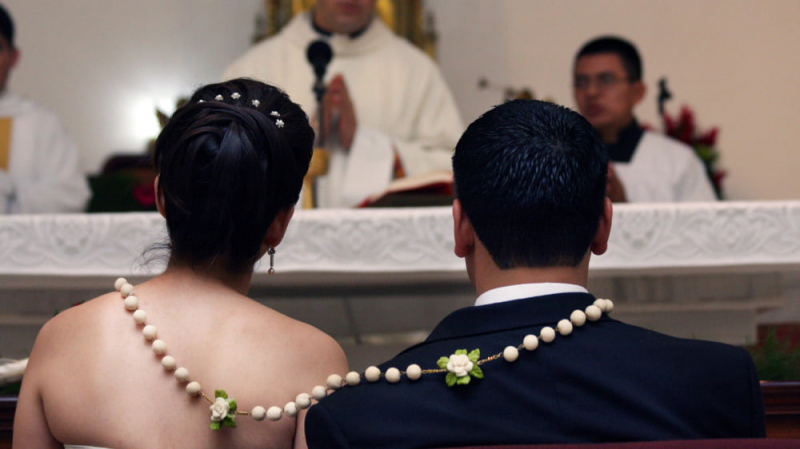Marriage and Family
Family relationships are highly valued in many Hispanic cultures, and include relatives other than the nuclear family unit. The term compadrazago, which literally means copaternity, refers to the relationship between children, parents, grandparents, and godparents. Because of the high fertility rate, households are large—generally six to eight people—and include grandparents, aunts and uncles. Large families are regarded as a blessing in rural areas: parents have help with chores and farm work. Despite the space constraints of city living, large families with extended kin allow for creative ways to house entire families in urban settings.
The extended family has a significant impact on an individual's life and decisions. It is not unusual for parents, aunts, uncles, and cousins to live together. A person has two family names, as in many Central and South American countries. The last name is the family name of the mother, and the second-to-last name is the family name of the father, which serves as the surname. As a result, someone named José Muoz Gómez would be referred to as Seor Muoz.
Outside of the upper and middle classes, the majority of non-Roman Catholic couples marry in ceremonies officiated by another church or the state. There are many common-law unions, but Roman Catholics adhere to the church's emphasis on marriage. Because of poverty and a lack of affordable housing, A woman teaches a man how to print letters as part of a literacy program in Nicaragua; the Sandinistas assisted in the establishment of these programs.








